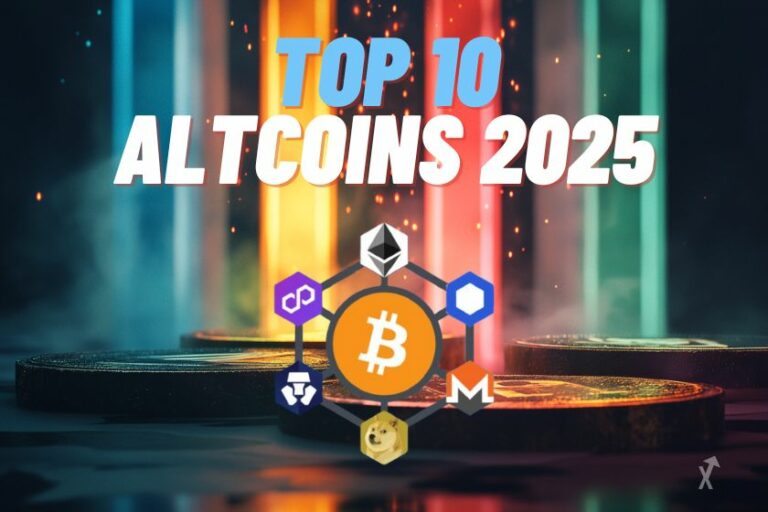Bitcoin and Altcoins: What You Need to Know in 2025

The world of cryptocurrency has evolved rapidly over the last decade, with Bitcoin leading the charge as the original and most recognized digital asset. However, the rise of altcoins—a term used to describe any cryptocurrency other than Bitcoin—has added depth, diversity, and new opportunities to the crypto market.
Whether you’re a beginner or a seasoned trader, understanding the dynamic between Bitcoin and altcoins is essential for navigating today’s digital financial landscape.
What Is Bitcoin?
Bitcoin (BTC) is the first decentralized cryptocurrency, launched in 2009 by the pseudonymous creator Satoshi Nakamoto. It was designed to be a peer-to-peer system that allows users to send and receive money without a central authority.
Key Features of Bitcoin:
- Limited supply of 21 million coins
- Secured by a decentralized network of miners
- Considered digital gold due to its store-of-value nature
- Often leads overall market movement
What Are Altcoins?
“Altcoin” is short for “alternative coin” and refers to all cryptocurrencies other than Bitcoin. These include Ethereum, Solana, Ripple (XRP), Cardano, Polkadot, and thousands more. Many altcoins were created to solve specific problems that Bitcoin doesn’t address, such as smart contracts, faster transaction speeds, privacy, and scalability.
Categories of Altcoins:
- Stablecoins (e.g., USDT, USDC): Pegged to fiat currencies to reduce volatility
- Utility Tokens (e.g., ETH): Used within specific blockchain ecosystems
- Governance Tokens (e.g., UNI, AAVE): Allow holders to vote on protocol changes
- Meme Coins (e.g., DOGE, SHIB): Driven by community and viral hype
Bitcoin vs. Altcoins: Key Differences
| Feature | Bitcoin | Altcoins |
|---|---|---|
| Age | Oldest (since 2009) | Newer, launched post-2011 |
| Market Role | Store of value, reserve asset | Diverse use cases (DeFi, NFTs, etc.) |
| Volatility | High | Generally more volatile |
| Innovation | Limited upgrades | Rapid innovation |
Why Investors Care About Both
Bitcoin remains the most dominant asset in crypto, often referred to as a “safe haven” in the market. However, altcoins present opportunities for higher risk—and higher potential reward—due to their lower market caps and innovative features.
Diversification is a common strategy in the crypto space. By holding both BTC and selected altcoins, investors can balance long-term stability with growth potential.
Risks to Watch Out For
- High volatility: Prices can swing dramatically in hours.
- Rug pulls and scams: Many altcoins are launched with little regulation.
- Lack of utility: Some coins have no real-world use or development.
- Regulatory uncertainty: Laws surrounding crypto are still evolving globally.
Final Thoughts
Bitcoin may have started the revolution, but altcoins are expanding what’s possible in the world of decentralized finance. Whether you’re interested in investing, trading, or simply learning, understanding the relationship between Bitcoin and altcoins is key to making informed decisions in 2025 and beyond.
